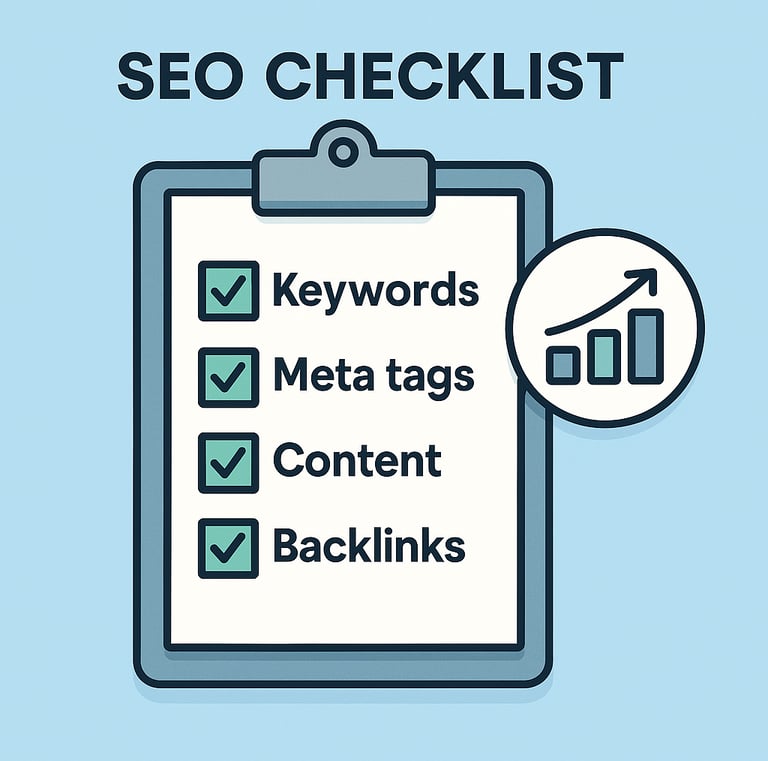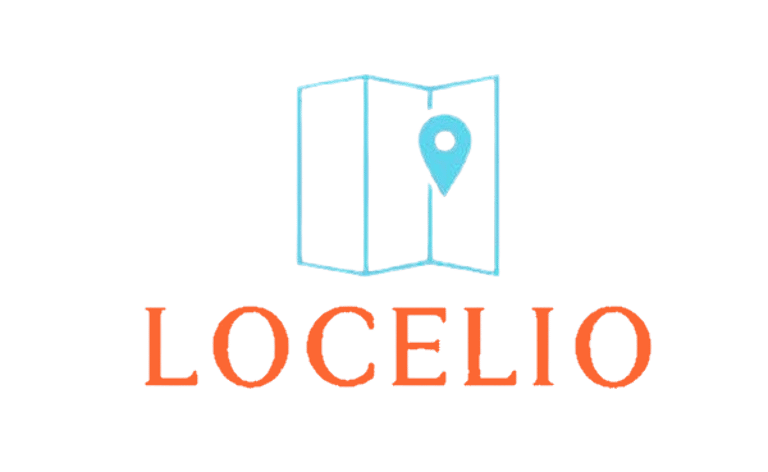Setup Requirements
What Your Website and Google Business Profile Need for Locelio to Work
Locelio helps your business appear in Google Maps’ Top 3. But to get results, there are a few things your business must have in place, plus some extra steps that can help you achieve even stronger results.
Here’s what you need to know — even if you’re not an SEO or IT specialist.


Minimum Requirements (Must-Have)
Google Business Profile (GBP)
Your business must have a Google Business Profile (sometimes called Google Maps listing).
You should have login access to your GBP so you can update it if needed.
At Least 15 Reviews
Your GBP should have at least 15 customer reviews.
Businesses with fewer reviews often don’t rank well because Google’s algorithm doesn’t see them as trusted.
A Basic Website
Even a simple website (landing page) is better than no website.
Ideally, your website should mention the same keywords and services listed in your Google Business Profile. This helps Google connect your site to your Maps profile.
Services Listed in GBP
Inside your Google Business Profile, list all your services.
Add short descriptions for each service. These should include keywords people might search for to find your business.
Each description should be unique — avoid copying the same text for multiple services.
Map Embedded on Your Website
Your website should display a Google Map showing your business location.
To add this:
Go to Google Maps
Find your business location
Click “Share” → “Embed a map”
Copy the code and add it to your website (often in the footer)
Website Structure Basics
Your website should use clear headlines:
H1 (main title) → something like “Massage Studio in Kaunas”
H2 (subheadings) → specific services, e.g. “Thai Massage in Kaunas”
Your website should load quickly (ideally under 1 second), because slow sites rank lower on Google.
HTTPS
Your website must have an SSL certificate, so it loads as HTTPS and not HTTP.
Google treats non-secure sites as risky, which can hurt your rankings.
Mobile-Friendly
Your website should work properly on mobile phones and tablets.
Text should be readable without zooming, and buttons should be easy to tap.
Robots.txt File
Your website’s robots.txt file should not accidentally block Google from accessing your pages.
A common mistake is: Disallow: /, which tells search engines to ignore your entire website.
Alt Text for Images
All images on your website should have “alt text.”
Alt text helps Google understand your images and can improve your local SEO.
Structured Data (Schema.org)
Your website should include LocalBusiness structured data so Google clearly understands:
Your business name
Address
Phone number
GPS coordinates
This code helps connect your business to local searches and Maps rankings.
→ Locelio’s tool automatically generates the correct code for you. You simply copy and paste it into your website’s HTML. For example:
<script type="application/ld+json">
{
"@context": "https://schema.org",
"@type": "LocalBusiness",
"name": "null",
"url": "",
"sameAs": "https://maps.google.com/?cid=6758688494328654465",
"telephone": "",
"geo": {
"@type": "GeoCoordinates",
"latitude": ,
"longitude":
},
"address": {
"@type": "PostalAddress",
"streetAddress": " ",
"addressLocality": "",
"postalCode": "",
"addressCountry": ""
}
}
</script>
No Duplicate Content
Avoid having the exact same text repeated across different pages of your website.
No 4xx or 5xx Errors
Your website should not have:
4xx errors (like 404 Not Found)
5xx server errors
Broken pages or server errors harm your rankings and user trust.
Title and Meta Description
Each page should have:
A Title (around 60 characters) that includes your main keyword and location.
A Meta Description (around 160 characters) that describes the page and encourages people to click.
Low or Too Much Content
Pages should not be too short (under 300 words) nor overwhelming walls of text.
Aim for clear, useful information around 300–600 words per page for most local business sites.
Favicon
Your website should have a small icon (favicon) visible in browser tabs.
It’s a small detail but adds professionalism and trust.
Recommended for Best Results (Nice to Have)
Use Location-Based Keywords
Include your city or area in your keywords.
Example: Instead of just “Dental Cleaning,” use “Dental Cleaning in London.”
Avoid Duplicate Profiles
Do not create multiple Google Business Profiles for the same business. Google may penalize your rankings.
Choose the Right Categories in GBP
Google ranks businesses partly based on their chosen category.
For example:
“Chinese Restaurant” vs. just “Restaurant”
Look at your top competitors in Google Maps to see which category they use.
Keep Your Website Fast
Google prefers fast-loading websites.
Tools like Google PageSpeed Insights can show how quickly your site loads.
If your website is on WordPress, plugins like WP Rocket can help improve speed.
Separate Pages for Multiple Locations
If your business has more than one location, create a separate page for each location on your website.
Each page should include:
The location’s name
Services offered
Keywords specific to that location
While the above items are required, doing these extra steps can help you rank faster and higher:
Don’t Rely on Cheap Backlink Services
Avoid buying cheap backlink services or fake reviews.
Google may penalize your business for these practices.
GZIP Compression
Enable GZIP compression on your server to help pages load faster.
Caching
Use browser caching so visitors’ browsers store parts of your website and load it faster on repeat visits.
Sitemap.xml
Create a sitemap.xml file and submit it to Google Search Console.
This helps Google discover and index all your pages.
Google Search Console
Connect your website to Google Search Console.
This allows you to monitor:
Keyword impressions
Indexing issues
Crawl errors
Open Graph Tags
Add social media tags (Open Graph) so your links look attractive when shared on social platforms like Facebook or LinkedIn.
Consistent NAP
Ensure your business Name, Address, and Phone number (NAP) are identical everywhere:
Website
Google Business Profile
Cloud stacks documents
Even small differences can hurt your rankings.
Internal Links
Link between pages on your website so Google can easily crawl all your content.
Clear Calls-to-Action (CTA)
Every page should encourage visitors to:
Book a free trial
Call your business
Send a message
Google watches how users interact with your site — clear CTAs help improve those signals.
Be Patient
Local SEO is an organic process.
Many businesses see results around 3 months in. In competitive markets, it might take longer.
Why This Matters
Google’s algorithm looks at both your Google Business Profile and your website. If they match and are properly optimized, your chances of getting into Google Maps’ Top 3 improve dramatically.
Locelio’s technology works best when your business has these foundations in place.
Need help figuring this out? Feel free to contact us, and we’ll guide you through the necessary steps to make Locelio work for you.


